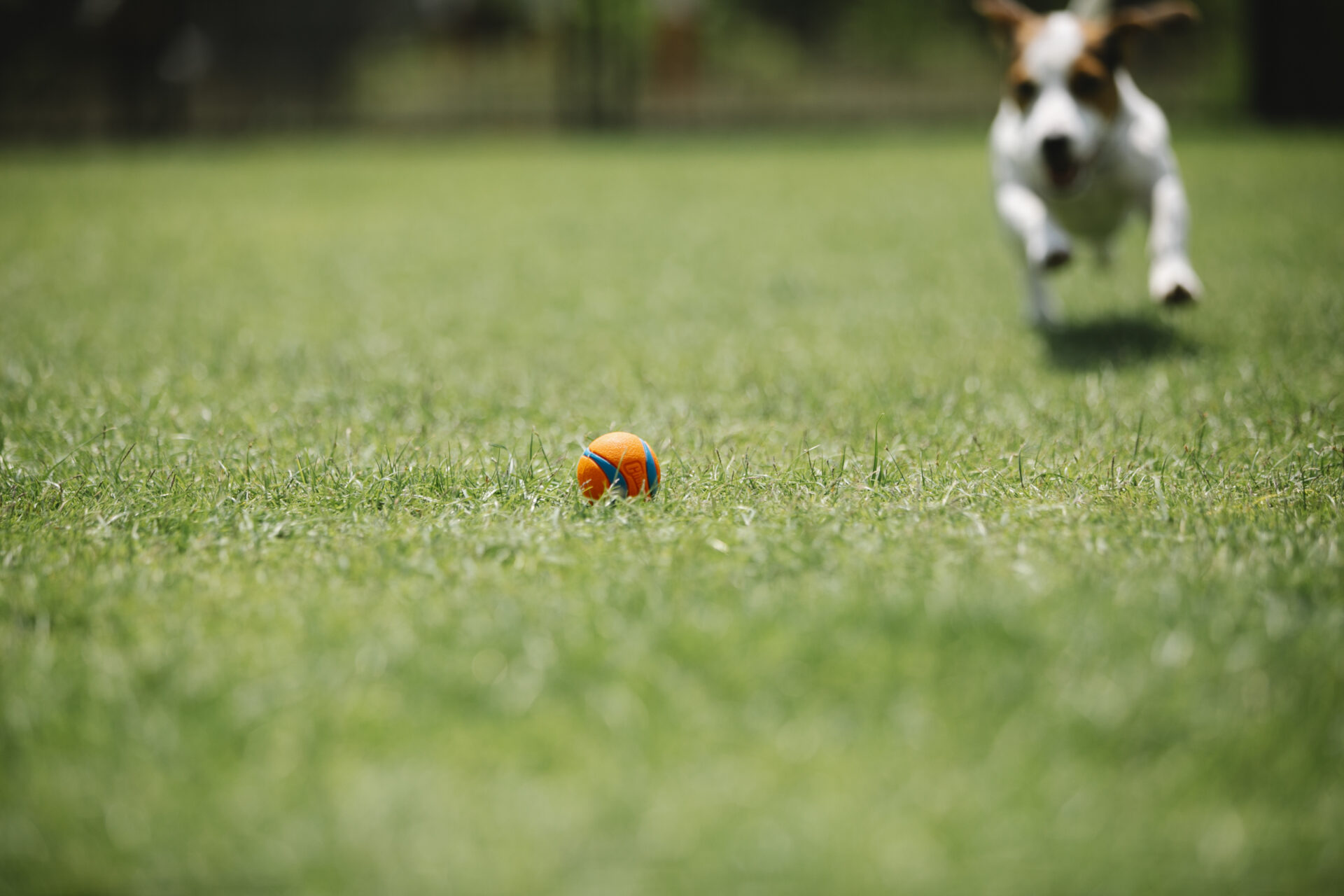Navigating Wind Resistance in Ball Aerodynamics is a fascinating field that delves into the complexities of how balls move through the air. To truly grasp the essence of this topic, let’s start by understanding the term “wind resistance.” Also known as air resistance or drag, wind resistance refers to the force that opposes the motion of an object as it moves through the air. This force becomes particularly significant when it comes to objects designed to be thrown or hit, such as baseballs, golf balls, or tennis balls.
In the realm of ball aerodynamics, wind resistance has profound impacts on the trajectory, distance, and overall performance of a ball. For instance, the dimples on a golf ball’s surface are not just for aesthetic purposes; they play a crucial role in reducing wind resistance. By creating turbulence in the air surrounding the ball, the dimples enhance lift and minimize drag, allowing the ball to travel farther and with greater accuracy. Similarly, the shape, surface roughness, and spin of a ball all have distinct effects on its interaction with air molecules, ultimately influencing its flight path.
Now that we have a foundational understanding of wind resistance in ball aerodynamics, let’s delve into the key takeaways of this article. Firstly, we will explore how the design and construction of balls impact their performance in various sports. From the unique dimple patterns on golf balls to the seamless stitching on soccer balls, each sport requires careful consideration of wind resistance to optimize ball behavior. Secondly, we will discuss the role of spin and rotational dynamics in ball aerodynamics, shedding light on how topspin, backspin, and sidespin affect a ball’s flight characteristics. Lastly, we will examine the influence of environmental factors, such as altitude and temperature, on ball aerodynamics, highlighting the need for adaptability in different playing conditions.
Key Takeaways
1. Wind resistance significantly affects the performance and trajectory of a ball, making it crucial to understand its impact on aerodynamics.
2. The surface roughness of a ball greatly influences the amount of drag it experiences from wind resistance, with smoother surfaces reducing drag and increasing distance.
3. The dimples on a golf ball and the stitches on a baseball are designed to optimize aerodynamics by creating turbulence on the surface, reducing drag, and improving stability in flight.
4. The Magnus effect, caused by the spin of a ball, influences its trajectory through the creation of a pressure difference, allowing for curveballs in baseball and powerful shots in soccer.
5. Studying and manipulating wind resistance in ball aerodynamics can lead to advancements in sports equipment design, enhancing performance and providing athletes with a competitive edge.
The Importance of Understanding Wind Resistance in Ball Aerodynamics
When it comes to ball aerodynamics, one crucial aspect that cannot be overlooked is wind resistance. The way a ball interacts with the air can significantly impact its trajectory, speed, and overall performance. Understanding and effectively navigating wind resistance can make a world of difference in various sports, such as golf, soccer, tennis, and baseball. Let’s delve into the factors affecting wind resistance and how to optimize ball aerodynamics against it.
Factors Affecting Wind Resistance
Before we dive into techniques to navigate wind resistance, it’s essential to understand the factors that come into play. Several elements influence how the air interacts with a ball:
1. Velocity of the Ball
The speed at which the ball is traveling greatly affects wind resistance. Higher velocities result in increased resistance, making it crucial to find the optimal balance between speed and control.
2. Shape and Surface Texture
The shape and surface texture of a ball play a significant role in determining wind resistance. Smooth surfaces generally minimize drag, while irregular shapes or rough surfaces create turbulence, increasing resistance. Ball manufacturers often design their products to reduce drag and enhance flight stability.
3. Spin and Rotation
The spin and rotation of a ball have a substantial impact on its aerodynamics. Different sports utilize specific spins and rotations to generate lift or increase stability. Understanding how spin interacts with wind resistance is fundamental for athletes aiming to master their game.
4. Atmospheric Conditions
The prevailing atmospheric conditions also affect wind resistance. Factors such as temperature, humidity, elevation, and air density can alter how the ball behaves in the air. Professionals incorporate these conditions into their strategies and adapt their techniques accordingly.
Techniques to Optimize Ball Aerodynamics
1. Choosing the Right Ball
Selecting a ball with suitable aerodynamic properties is vital. Research various ball options and consider factors such as your sport, level of play, and personal preferences. Consult with experts or experienced athletes to ensure you make an informed decision in optimizing performance.
2. Improving Launch Angle
Launch angle greatly affects how a ball interacts with wind resistance. Experiment with different launch angles to determine the optimal trajectory for your desired outcome. This adjustment can significantly reduce the impact of wind resistance on your shots or throws.
3. Applying Spin and Rotation
Understanding the role of spin and rotation in ball aerodynamics is key. Practice and develop techniques that allow you to control the spin, adapting it to counteract wind resistance or take advantage of lift created by specific spins. Work with coaches or trainers to refine your skills in this area.
4. Adapting to Environmental Conditions
Recognize and adapt to prevailing environmental conditions. Analyze how temperature, humidity, and air density impact wind resistance. Adjust your techniques and strategies accordingly to optimize ball performance in various conditions.
Top Tips for Navigating Wind Resistance in Ball Aerodynamics:
- How can ball shape influence wind resistance?
- What factors affect the spin’s impact on wind resistance?
- What are the key considerations when choosing a ball for optimal aerodynamics?
- How can launch angle affect the impact of wind resistance?
- How can you practice and improve control over the spin and rotation of a ball?
- What are the key environmental factors to be aware of and adapt to?
Frequently Asked Questions
1. What is wind resistance in ball aerodynamics?
Wind resistance, also known as air resistance or drag, is the force exerted by air molecules on a moving object such as a ball. In ball aerodynamics, wind resistance affects the trajectory and behavior of the ball as it moves through the air.
2. How does wind resistance affect the flight of a ball?
Wind resistance can cause a ball’s trajectory to deviate from its intended path. It can slow down the ball’s speed, reduce its distance, and alter its spin. Understanding and effectively navigating wind resistance is crucial for optimizing the performance of a ball in sports such as golf, tennis, soccer, and baseball.
3. Can the shape of a ball influence wind resistance?
Yes, the shape of a ball significantly influences wind resistance. Balls with streamlined designs, like golf balls or soccer balls, are specifically engineered to minimize drag. The dimples on golf balls, for example, help reduce the air resistance and allow the ball to travel further and with more accuracy.
4. How does the speed of the ball affect wind resistance?
The faster a ball moves, the greater the wind resistance it experiences. As the speed increases, the force exerted by air molecules on the ball also increases, which can adversely affect its trajectory and stability. Hence, high-speed balls require careful consideration of wind resistance while designing and playing.
5. What techniques can help minimize the impact of wind resistance on a ball?
Several techniques can help minimize the impact of wind resistance on a ball. These include optimizing the ball’s shape, using specialized surface coatings, adjusting the ball’s weight distribution, incorporating spin, and employing appropriate techniques during gameplay to counteract the effects of wind resistance.
6. Does the density of the air affect wind resistance?
Yes, the density of the air plays a crucial role in wind resistance. Generally, higher air density increases the drag force experienced by a ball, whereas lower air density reduces it. Factors like altitude, temperature, humidity, and atmospheric pressure can influence air density and, therefore, impact wind resistance.
7. Are there any calculations or models to predict wind resistance?
Yes, researchers and engineers have developed various mathematical models and calculations to predict wind resistance. These models take into account factors such as the ball’s shape, speed, spin, air density, and angles of attack. While these models provide valuable insights, real-world testing and observations are still essential for accurate predictions.
8. How can understanding wind resistance benefit athletes?
Understanding wind resistance is crucial for athletes as it allows them to adapt their techniques and strategies accordingly. By considering the impact of wind resistance, athletes can adjust their shots, improve their accuracy, and optimize their performance. It aids in making informed decisions on ball selection, shot placement, and overall gameplay based on environmental conditions.
9. Is wind resistance the same as air resistance?
Yes, wind resistance and air resistance are synonymous terms. Both refer to the force exerted by air molecules on a moving object and are used interchangeably in the context of ball aerodynamics.
10. How can beginners in sports better understand and utilize the concept of wind resistance?
For beginners, understanding wind resistance can seem daunting initially. However, by learning the basics of ball aerodynamics, seeking guidance from experienced coaches or professionals, and practicing in various wind conditions, beginners can gradually gain a better understanding of wind resistance and utilize it to their advantage.
Final Thoughts
Mastering the concepts of wind resistance in ball aerodynamics is crucial for athletes and sports enthusiasts alike. By understanding the impact of wind on ball flight, players can make informed decisions and adaptations to optimize their performance. Whether it’s adjusting shot placements on a golf course or strategically curving a soccer ball, the knowledge of wind resistance empowers athletes to navigate through challenging environmental conditions.
Furthermore, continuous research and advancements in ball aerodynamics technology will likely lead to innovations that further enhance our understanding and ability to overcome wind resistance. By staying updated on developments in this field, athletes can stay ahead of the curve and exploit any potential advantages wind resistance may offer. Ultimately, navigating wind resistance in ball aerodynamics is not only a scientific endeavor but also an art that requires skill, practice, and adaptability.




